
Circuit Theory and Applications
Smart cloud platform for data management in the age of the internet of vehicles
Smart cars, with the emergence of the Internet of Vehicles (IoV), are expected to generate huge volumes of data at rates that typical data management systems will not be able to handle. Such data can be extremely useful to both analytics and machine learning applications. This paper discusses and demonstrates the process of architecting and building a scalable data management system for the IoV in a smart city environment, using Apache Spark, Apache Kafka and Apache Cassandra, which results in a scalable, resilient and fault-Tolerant data management system that facilitates performing big data
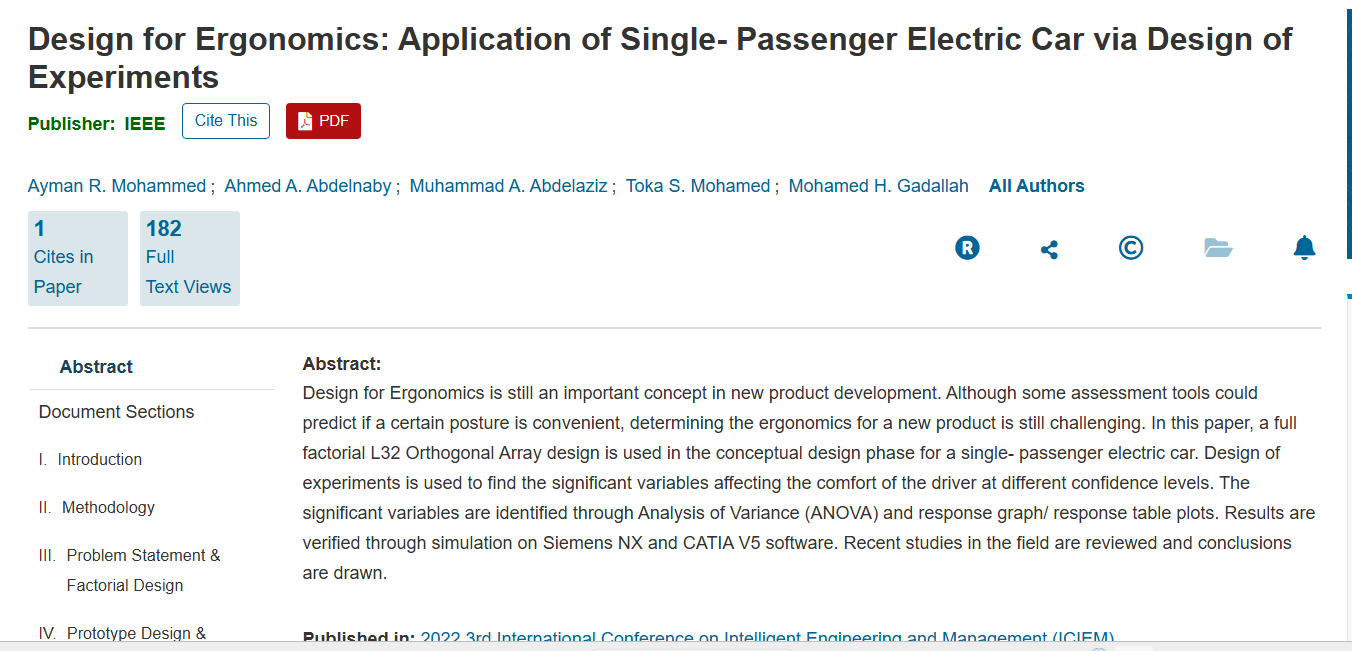
Design for Ergonomics: Application of Single- Passenger Electric Car via Design of Experiments
Design for Ergonomics is still an important concept in new product development. Although some assessment tools could predict if a certain posture is convenient, determining the ergonomics for a new product is still challenging. In this paper, a full factorial L32 Orthogonal Array design is used in the conceptual design phase for a single- passenger electric car. Design of experiments is used to find the significant variables affecting the comfort of the driver at different confidence levels. The significant variables are identified through Analysis of Variance (ANOVA) and response graph/

Integration of simulation modelling and lean management to improve patient flow at outpatient clinics
The outpatient clinics suffer from various inefficiencies such as long queues, long waiting times and low utilisation of medical resources. Simulation modelling and process improvement techniques have been applied separately to tackle such inefficiencies. This paper demonstrates how simulation modelling and lean management can be integrated to improve the patient flow and performance of outpatient clinics. The proposed framework for integrating lean and simulation consists of three main phases where the first phase includes the system description, data collection and analysis, and simulation

Design of a Fuzzy Type-2 Controller for 1-DOF Pitch Axis Twin Rotor System
This paper presents the design, manufacturing, modeling, and control of a novel 1-DOF pitch axis Twin Rotor system. An IMU sensor is used to precisely access the desired pitch angle of the system. A type-2 fuzzy controller is designed and implemented to achieve fast rise time and low overshoot, which are the desired response specifications for the system. In terms of overshoot and settling time, the performance of the type-2 fuzzy-PID controller is compared to that of the type-l fuzzy-PID controller and the conventional PID controller. The type-2 fuzzy-PID controller's performance is promising
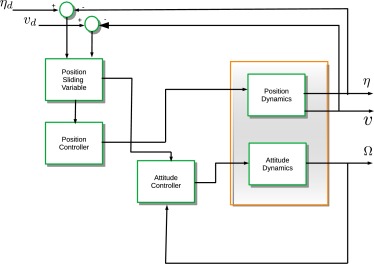
Sliding mode controller design for unmanned aerial vehicles with unmodeled polytopic dynamics
Unmodeled dynamics is one of the problems found in mathematical modeling of many kinds of physical systems, such as electrical and mechanical systems. For this reason, robust control is a solution for this kind of problem, considering the unmodeled dynamics as a matched uncertainty. Unmodeled dynamics affect the robust stability and robust performance of many mechanical systems, reducing the overall efficiency of the designed controller. Therefore, the sliding mode controller (SMC) is designed for unmanned aerial vehicles (UAVs) with unmodeled polytopic dynamics. In this case, this kind of
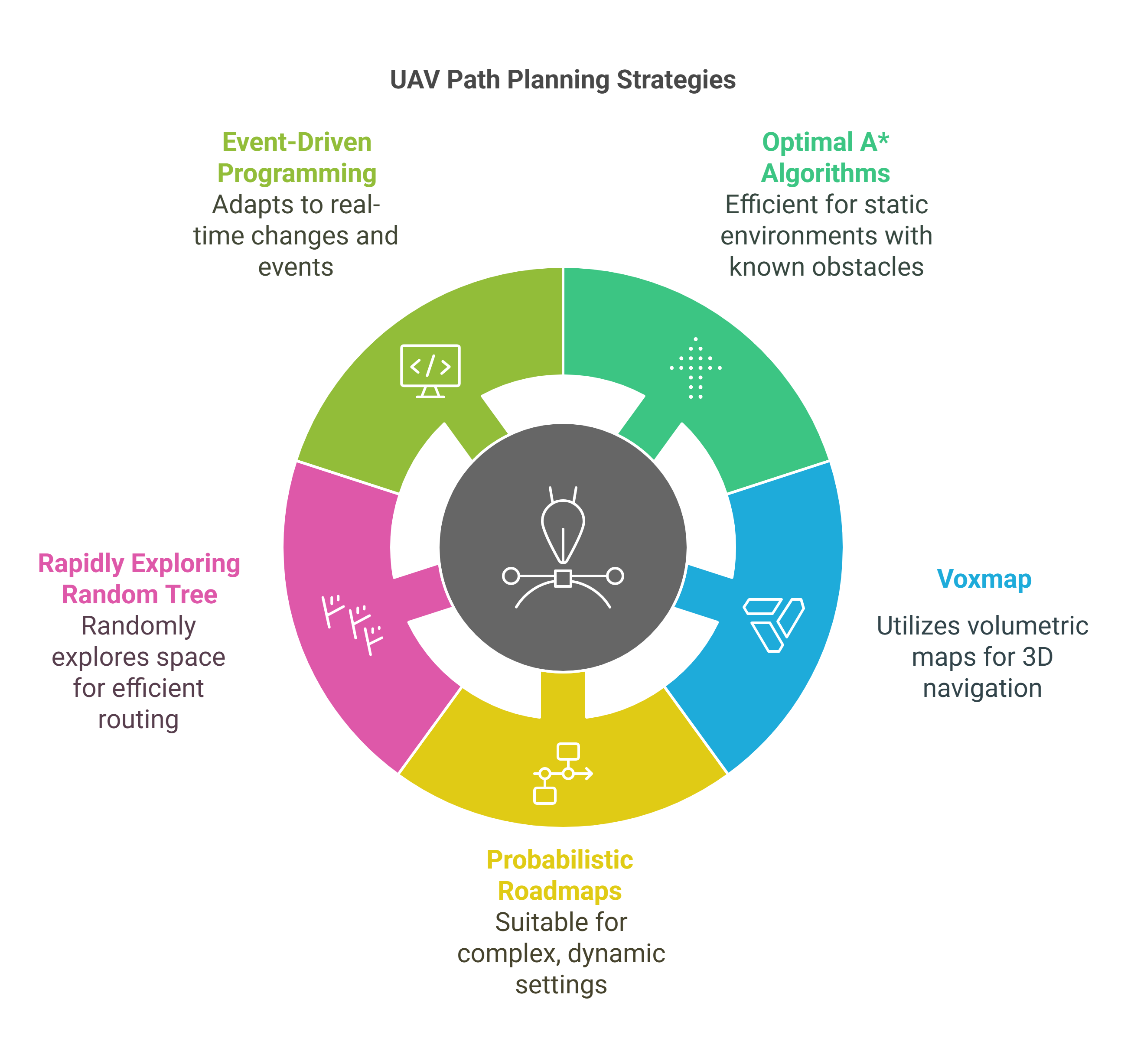
Event-driven programming-based path planning and navigation of UAVs around a complex urban environment
This chapter focuses on path planning techniques for autonomous navigation of small unmanned aerial vehicles (UAVs) in complex urban environments. It is difficult for UAVs to navigate at low altitudes in dynamic or complex urban environments because they encounter large structures, unpredictable or unrecognized environments, or other UAVs or obstacles flying in their path. Path planning is the core capability of an autonomous UAV to adapt dynamically in changing environments. This chapter will study and implement different path planning algorithms, slowly increasing complexity from optimal A
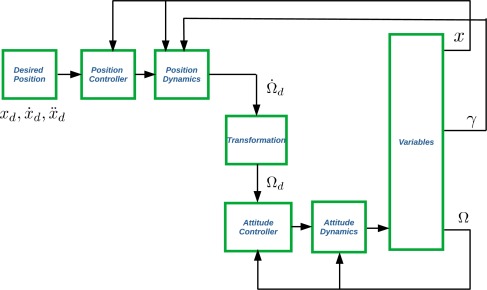
Fast terminal sliding mode controller for high speed and complex maneuvering of unmanned aerial vehicles
Due to the increasing application of unmanned aerial vehicles (UAVs), it is necessary to design new strategies related to the complexity of the maneuvering task of UAVs because it is sometimes necessary to avoid obstacles or to maneuver in reduced spaces. Sliding mode controllers (SMCs) have now become a superior alternative for tracking robotics and other types of mechanical systems. For this reason, this chapter proposes fast terminal SMCs for high speed and complex maneuvering of unmanned aerial vehicles. Three fast terminal SMC (FTSMC) techniques will be used for tracking UAVs at high
Robust adaptive supervisory fractional order controller for optimal energy management in wind turbine with battery storage
To address the challenges of poor grid stability, intermittency of wind speed, lack of decision-making, and low economic benefits, many countries have set strict grid codes that wind power generators must accomplish. One of the major factors that can increase the efficiency of wind turbines (WTs) is the simultaneous control of the different parts in several operating area. A high performance controller can significantly increase the amount and quality of energy that can be captured from wind. The main problem associated with control design in wind generator is the presence of asymmetric in the
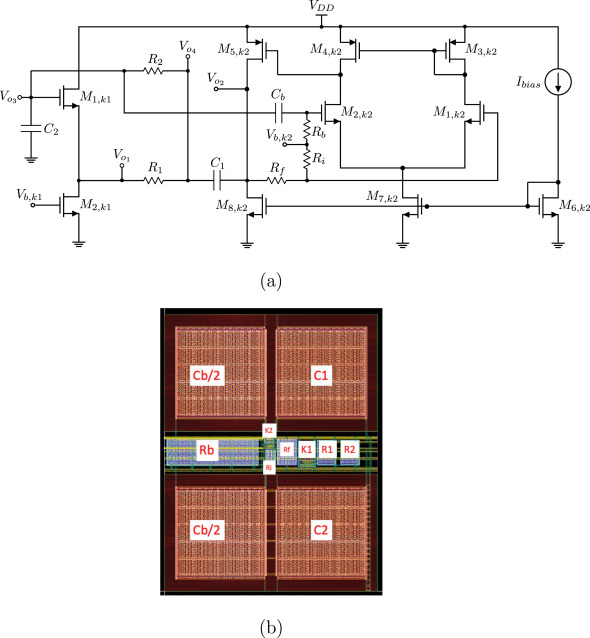
Review and novel contributions to amplifier-based oscillator design
This paper reviews amplifier-based oscillator topologies and introduces new ones while reporting all possible circuits that can be obtained from some of them using exhaustive searching. Second-order as well as third-order RC and RLC oscillators are reported and selected circuits are designed and experimentally verified. Incorporating non-ideal and nonlinear effects into the modeling of these amplifier-based oscillators are demonstrated. © 2024
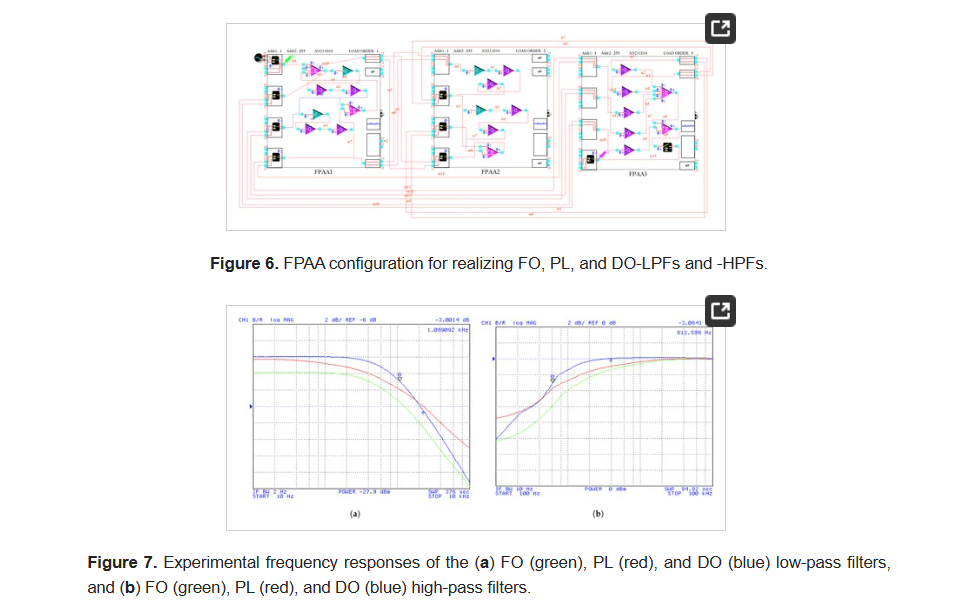
Field Programmable Analog Array Based Non-Integer Filter Designs
The approximation of the frequency behavior of fractional-order, power-law, and double-order filters can be performed by the same rational integer-order transfer function. This can be achieved through the utilization of a curve fitting based approximation. Moreover, their implementation can be performed by the same core, by only changing the corresponding time constants and scaling factors. The aforementioned findings are experimentally verified using a Field Programmable Analog Array device. © 2023 by the authors.